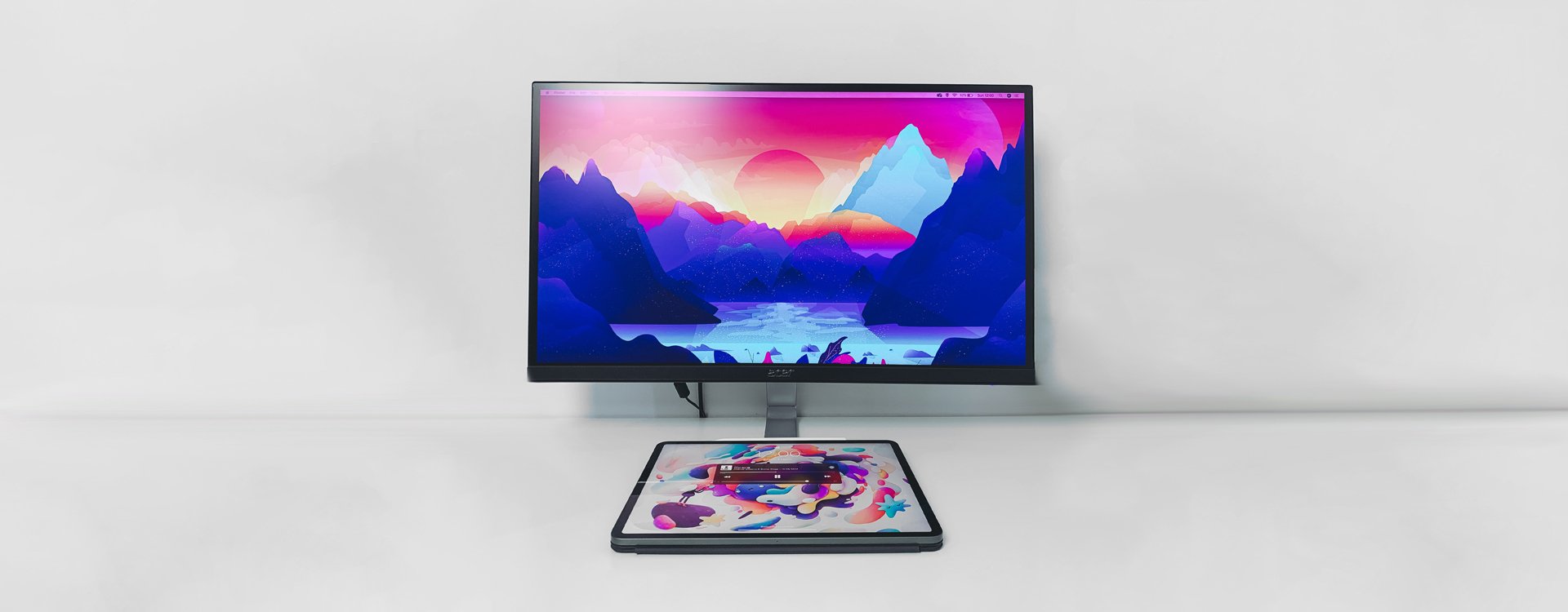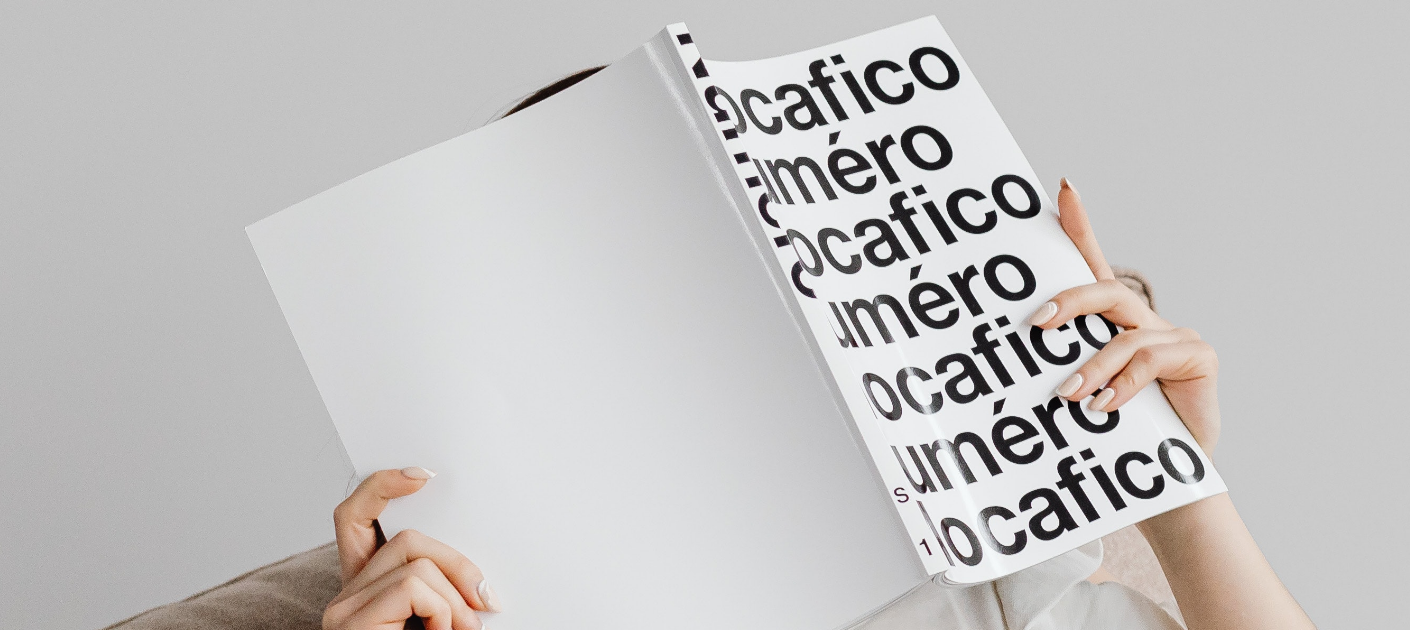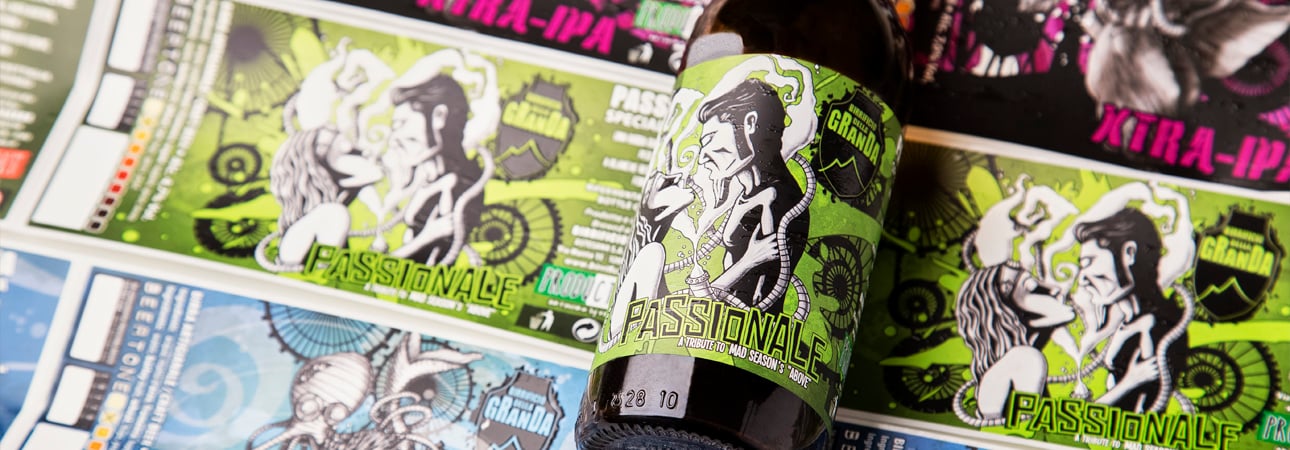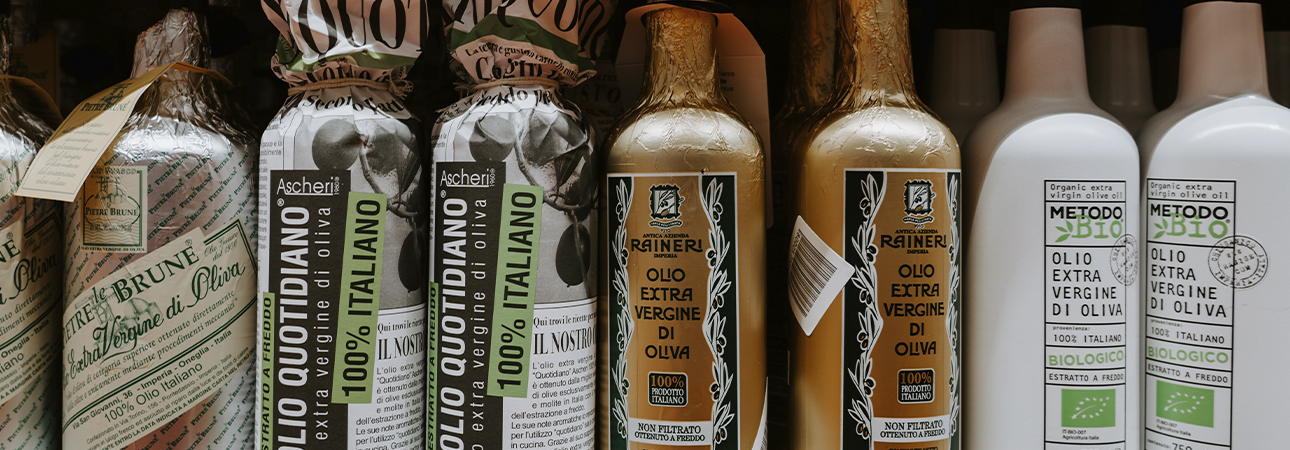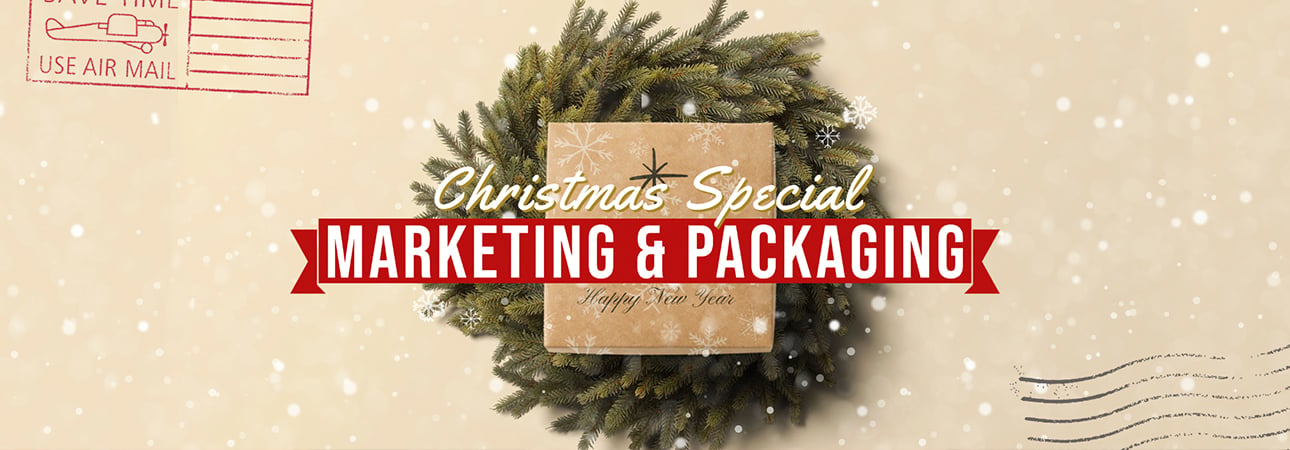Did you like the article? Share it!
Colours and materials: what to choose for your craft beer labels
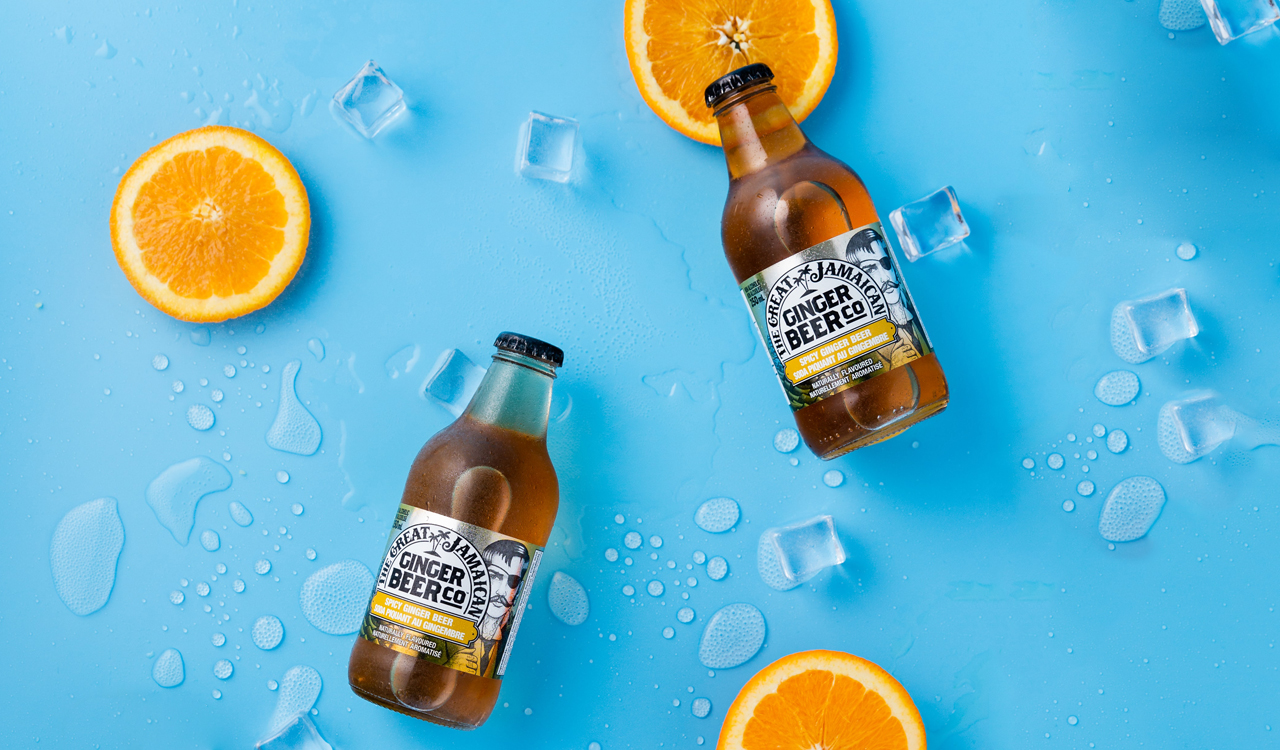
Craft beer market is living a real boom over the last few years, with the thriving of producers, breweries, microbreweries and beer shop. This golden moment of craft beer production is necessarily translated into a tough competition: with so many offers on beer shops or supermarket shelves and in online shop, craft beer labels are a crucial part of every producer’s marketing strategy.
If the world of wine is still dominated by a certain link with the tradition, in the world of craft beer experimentation is the main protagonist: craft beers are indeed characterized by research and creativity at every stage of the production - from the ingredients research to execution – to create an always different and special product. This originality is visually translated into craft beer labels under the name of imagination and creativity with extravagant results.
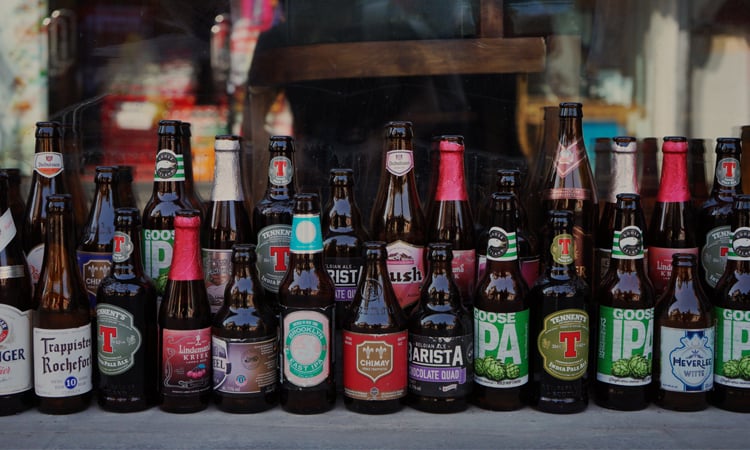
The best colours to create a beer label that is truly original
If you want to create a beer label the first thing you have to do is to ask yourself what your strengths are and how to communicate them to consumers. A product that makes simplicity its trademark can opt for a minimal label, with clean lines and simple colours. The colour palette can feature the natural, amber colours of the beer itself or it can remind of the beer style. Establish the design and font that will be the fil rouge among the various offer of your brewery and then associate a different background colour to every beer type: bright red for a red ale, golden yellow for a golden ale, sienna for a dark beer, pearl white for a pale ale and so on.
If your brewery nods the tradition, vintage or old-school labels are a great classic. In the first case, colours to be included are certainly beige, gold, black and blue – in line with the main colours of the products that were very popular in the 50s and 60s. For craft beer labels with an old-school style the main colours will be the primary ones: scarlet red, cobalt blue, vivid yellow – with very few shades and black, vivid outlines.
Finally, you can let imagination run free and create every kind of illustrated craft beer label with bold and fluo colours, abstract creations, geometric patterns or realistic design. This kind of labels can generate real marketing phenomenon: to give an example, a few years ago a famous microbrewery in New England launched a new line of beers with Star Wars themed illustrated labels that were selling like crazy among the fans of the saga!
A well-made craft beer label can indeed turns a simple container in a real collector’s item or encourage consumer to find funny solutions for the upcycle: from flower pot to abat-jour base, your label will become part of the consumer’s daily life, thus creating a sort of emotional bond with your product – that, moreover, will often be under friends’ and guests’ eyes.
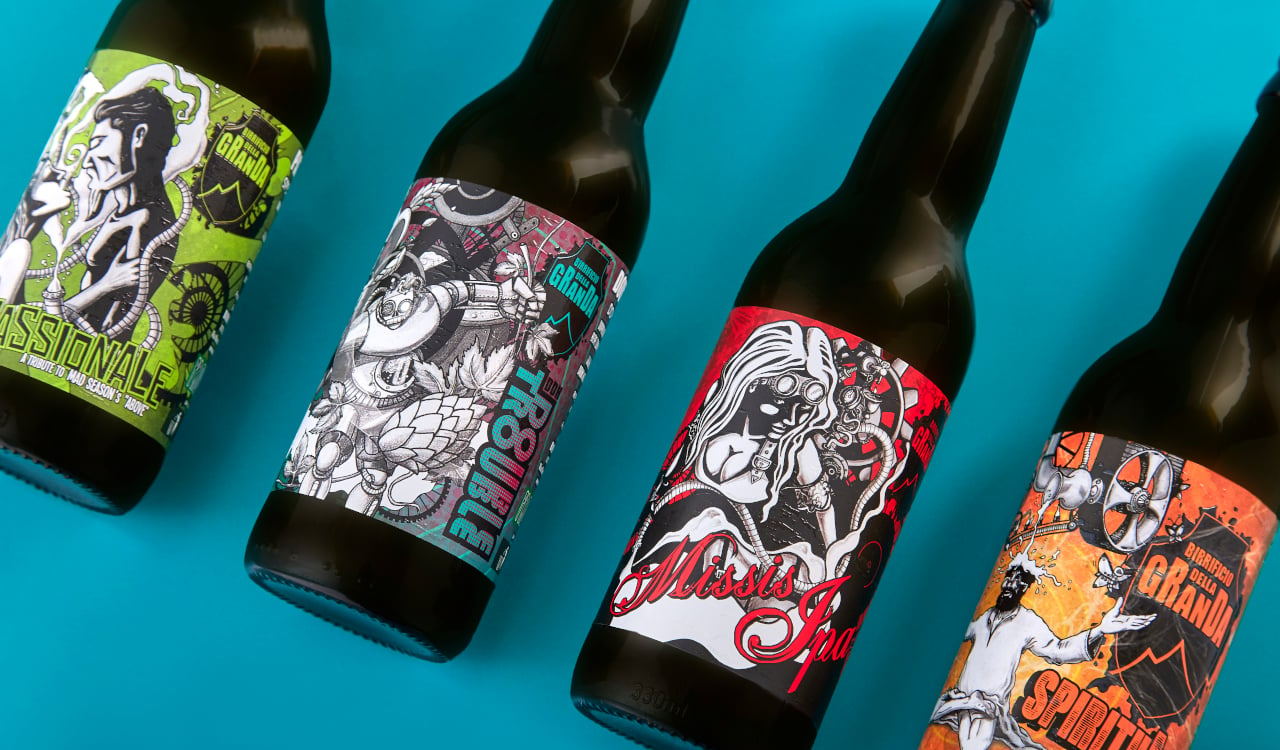
Label paper and finishing: the extra touch!
Once established the design and the colour palette, nothing remains but choosing the paper and eventual finishing for your craft beer labels. To do that, you must remember that this product has to be consumed fresh: refrigeration and humidity can put a strain on your labels!
For what concerns label paper, you have than to choose the highly resistant ones: water resistant natural paper, metal paper and plastic materials that perfectly resist to humidity and can create never-seen-before effects if paired to the right colours. If, on the contrary, you’d prefer choosing a classic paper, you can choose between the glossy and the matte water-resistant coated paper: a choice that will enhance the brilliance of the colour you chose!
Even the finishing can help preserve your paper: plastification will indeed protect your label even more. You can choose for the glossy finish, to increase the colour saturation of the label, or the matte one, for an elegant aspect. You can also take into consideration other ennoblements like serigraphy or hot foil but remember that these are to be preferred for small and medium details and should be avoided on wide, curve surfaces.
If you are creating your craft beer label, you can also read the 10 steps to follow for a perfect label or, in case you need help, you can contact us!
Next

